Want to Improve Your UX Design? Here's Everything You Need to Know
It’s difficult to overstate the importance of UX design.
Zach Watson
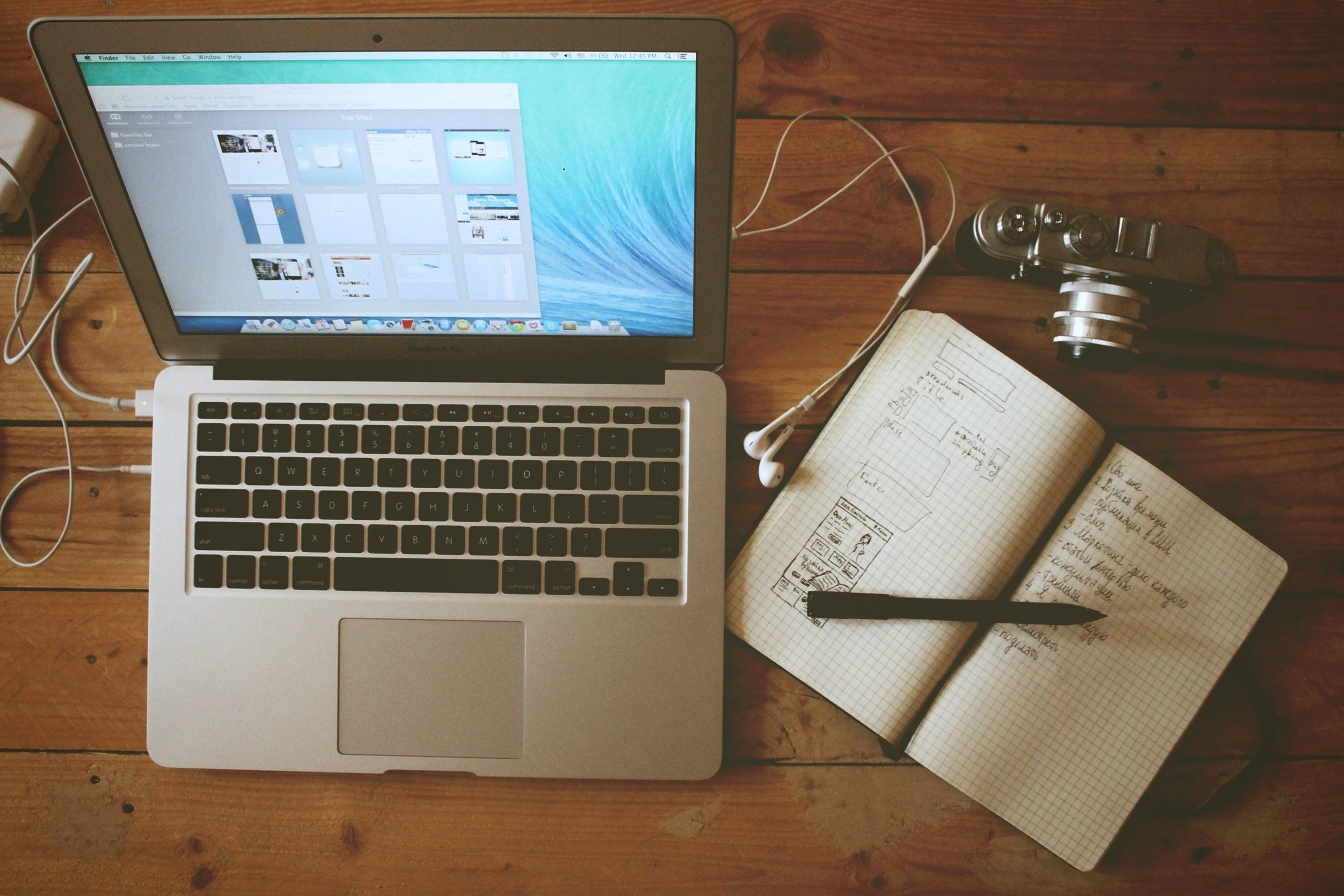
It’s difficult to overstate the importance of UX design.
As early as 1973, IBM’s president Thomas J. Watson declared “We are convinced that good design can materially help a product reach its full potential.”
Even a brief analysis proves just how prescient Mr. Watson was. Apple, one of the perennial leaders in user experience design, recently became the world’s first company valued at $1 trillion.
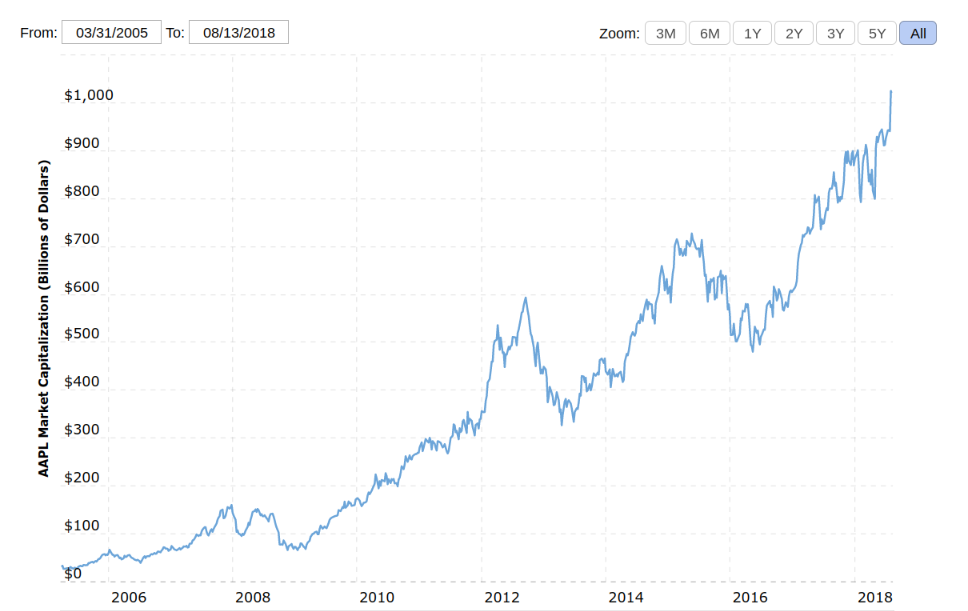
But while tech goliaths like Apple and Amazon have raised the bar, they don’t have a monopoly on good user experience design.
If your training costs are too high, or your user retention or user acquisition are too low, chances are your UX Design is contributing to the problem.
In the following paragraphs, we’ll cover
- what UX design actually is,
- why it’s good for your business,
- and strategies you can use to optimize your application’s user experience.
What Is UX Design
Before we go any further, let’s establish what UX design is not. UX design is not a subjective method for making things “prettier.” That’s not to say aesthetics have no place in UX design, but the discipline is not an abstract art form.
User experience design (UX design for short) is the process of making technology intuitive, useful, and pleasing for a particular group of people.
The most important objective is to design something that is truly useful for the target audience -- either by making their lives easier or helping them overcome obstacles in their work.
A Brief History
Despite its current popularity, UX design is not a new concept. The term has roots in the field of human-computer interaction that was pioneered in the 1970s as personal computing and graphical user interfaces became a reality.
In the 1990s, software interfaces became more sophisticated, and the discipline of creating them was called interaction design.
In more recent history, Don Norman coined the term “user-centered” which more or less encapsulates the philosophy behind user experience design.
As it stands, the research, experience design, and usability testing that are all a part of UX design are here to stay for quite some time.
Here’s Jakob Nielsen, co-found of the Nielsen Norman Consulting group with Don, describing whether UX design will ever become obsolete:
It’s important to understand the history of user experience design so you don’t get lost in a sea of semantics.
UX design is a broad term in general, and it overlaps with terms like human-centered design and user-centered design, but the meanings are all closely aligned.
The UX Design Process
Related: Why User Research Is the Cornerstone of Good UX Design
Similar to the scientific method, UX design follows a process that uses stringent research and testing to arrive at a solution.
This process is iterative, and relies on feedback from users, i.e., the people who will actually use the solution, at nearly all stages. Keeping end-users engaged throughout the entire process helps designers create an end product that truly matches the needs of their audience.
There’s a lot of variability in the design process, but every user experience design should go through some version of these steps:
1: Strategy
A problem is identified and a business case is made for better user experience.
2: User research
The needs, challenges, and goals of the users are defined.
3: Analysis
The research is synthesized and examined for UX design.
4: User Experience Design
The navigation and experience is designed using wireframes and prototypes.
5; Visual Design
After users and stakeholders sign off, an interface designer created a high fidelity version of the user experience.
Why UX Design Is Good for Business
Related: The ROI of UX Design
Investing in user experience design is really investing in making your product easier to use for your audience. You’re customizing your product to meet the specifications of your particular users.
So it’s no surprise that a growing body of evidence points to one conclusion: allocating resources to building a better user experience is almost always a good business decision.
A Predictable Set of Benefits
After years of working on UX design projects, we’ve noticed clients often want to improve their user experience to address a similar set of problems — and realize a recurring set of benefits:
1: Lower support and training costs.
Their application is too difficult to use they have to invest too much in support.
The same goes for user onboarding and training. It will take significantly longer for people to acclimate themselves with a poorly designed application.
2: Better user retention.
Whether it’s an in-house solution or a consumer-facing product, if the application is too arduous to use, people will choose something else.
For example, we’ve seen employees of large organizations choose spreadsheets over extremely expensive custom software that IT built.
But if you create an application that makes people’s lives easier, using your product will become a habit, and you’ll retain users at a far greater rate.
3: Increased user acquisition.
In today’s market an application with a poor user experience won’t be able to regularly attract new users.
Designing something that’s enjoyable to use will intrinsically motivate people to choose your application.
4: Development will move faster.
Poor user experiences affect the developers, too. Like onboarding new users, training new developers on how to work on the system will be expensive.
The more inviting the UX design for your application, the more swiftly developers can build new features. Moreover, if the experience is designed correctly up front, then developers won’t have to make as many changes to accommodate user requests or eliminate bugs.
Development will be cheaper overall.
5: People will live happier lives.
Whether in work or in their free time, people are using technology on a constant basis. We live a significant portion of our lives through software.
If the applications we use most often are intuitive and aesthetically pleasing, then people will be substantially happier.
Because Software Is (Still) Eating the World
In 2011, venture capitalist Mark Andreesen wrote a feature for the Wallstreet Journal titled “Why Software is Eating the World.” Though some of his references are a bit dated, his thesis remains relevant: software is taking over the vast majority of the world’s industries.
As consumers are presented with more choices, functionality is commodified. It’s the design and delivery of the functionality that's important.
Slack wasn’t the first messaging platform made for a business environment. Likewise, Venmo wasn’t the first way to send money between peers online.
But they both had exceptional user experiences relative to their competition, and they reaped the rewards of higher user adoption.
And the competition is only getting worse. Don’t believe me? Just look at this graphic of all the marketing software in 2018:

Terrifying isn't it?
Investing in the UX design of your application is smart for all the specific benefits listed above, but it’s also advantageous for another, bigger reason: it gives you a powerful competitive advantage in a world flooded with options.
If you need more motivation, consider the alternative. Not investing in UX design could condemn your application to anonymity, or worse, failure.
How UX Design Saved Airbnb
Ages ago in 2009, Airbnb was on the brink of collapse. Not long after the company had launched, revenue was stuck at $200 a week. The application was failing, and the founders didn’t know why.
One day, co-founder Joe Grebbia logged into the platform and started browsing the listings. He noticed a pattern: all of the listings featured similar, low-quality photos. It was nigh impossible for the users to understand what they were purchasing when they rented a room.
Airbnb immediately updated the listing photos (for NYC in particular) from grainy 2009 cellphone pics to high definition images. Revenue doubled the next week.
And now the design looks like this:

The rest is history. After changing their photo strategy, Airbnb’s user growth (and valuation) skyrocketed, and the failing startup turned into the massive company we know today.
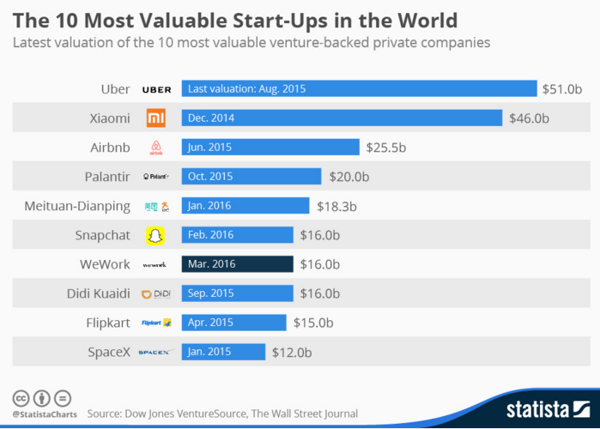
But it’s important to examine exactly what happened.
Grebbia conducted his own user research. He interacted with the application as his end-users would, and he noticed a design pattern that was ruining the experience.
By changing that one aspect of the UX design to help users better understand the details of the room they were booking — which made the design more intuitive — Grebbia totally changed the course of his company, and in many ways, of the entire hotel industry.
UX Design Strategies
Alright, so you know why UX design is valuable, and you’ve seen the power it has to transform entire industries, but you’re not sure what to do next.
This section is for you. Here are several strategies that will ensure your UX project will succeed.
Assemble the Right Team
Whether you’re working with a UX agency or building your own in-house team, it’s critical to employ professionals with the right mix of skills.
The title “UX designer” is actually a very broad term that encompasses a range of skills. Here’s a quick overview of the UX design skills you’ll need:
A user researcher to conduct interviews, field studies, surveys, and usability tests.
A user experience designer to build the information architecture, set up the user flow of your new design, and create wireframes.
A visual designer to take the approved user experience and evolve it into a high-fidelity design that’s worthy of your final product.
A content strategist to determine which content is most important to the user and how users should find it in the application.
You’ll notice that these job titles correspond to stages in the UX design process. That’s not a coincidence. The best UX professionals are often specialists, and although they work in tandem with their team, they
Beware, if you don’t get the right team in place, many parts of your UX design could be rushed and the standard could be subpar.
Integrate Design with Development
Unless you want to design something that development can’t build, be sure to keep your front-end team involved during the design process. That way, developers can provide feedback on the feasibility of the design team’s concepts.
At DePalma, we utilize an Agile framework that integrates design and development. Design completes segments of work, which they pass to development. The front-end team then adds code to the design, while the UX team works on the next section.
Here’s a visualization of our process:
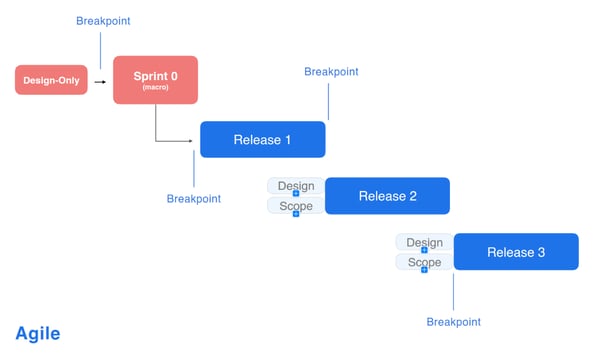
Don’t Cheat Yourself by Skipping User Research
UX design is based on a fundamental principle: the needs of the users should be the priority. Helping users overcome their challenges is good for business.
If you skip the research phase during your design process, you’re embarking on a very expensive endeavor with only assumptions to guide you.
In contrast if you spent time understanding your audience, you’ll have priceless validation for your new UX design.
***
UX design is both exceptionally important and chronically misunderstood.
However, it’s impossible to ignore one key truth: everybody wants technology that's easy to use. And they’ll (almost) always choose whichever option is more intuitive.
Improving your UX design is the best way to serve the needs of your audiences and build something with the potential to scale.
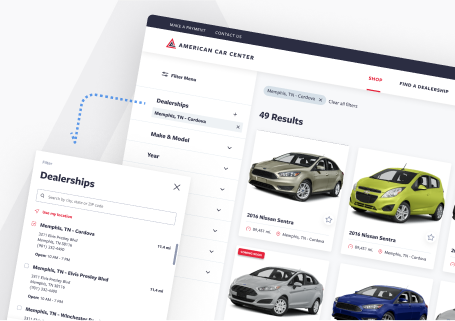
UX best-practices consultation!
Review your product with our industry leaders today at no cost.
Table of Contents

UX best-practices consultation!
Review your product with our industry leaders today at no cost.





